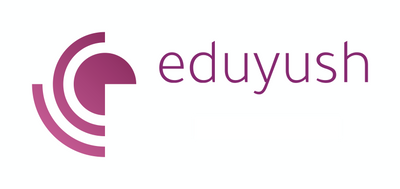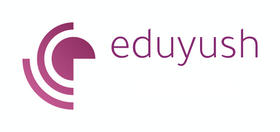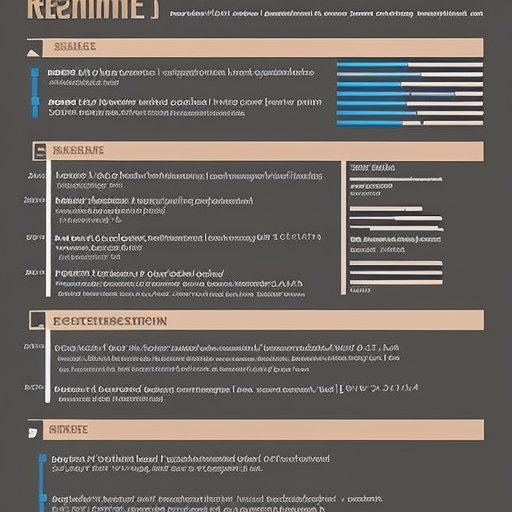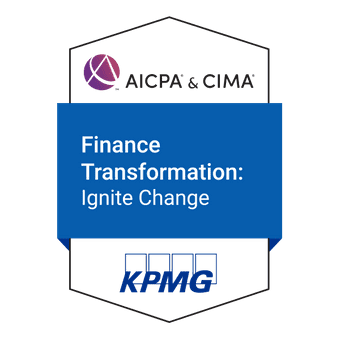How to Think Strategically as a Manager. Tips
Organizations constantly face a variety of challenges. Increased competition, changing technologies, or new regulations can pose serious problems. Resolving them requires strategic thinking – the ability to focus on a vision, take on board new ideas, and develop innovative solutions.
Strategic Thinking Characteristics
Managers face a whole variety of problems – anything from product delivery issues to competitive threats to long call wait times in the customer support department. You don't find the right solutions by making quick decisions to change day-to-day processes, plans, or procedures. Managers have a much broader responsibility to think strategically when dealing with problems. Here are some of the key strategic thinking characteristics.
- Focus on vision. A vision can also give employees a sense that they're working toward something and are part of a bigger plan.
- Adopting a systems view, it means thinking about how your decisions and day-to-day actions affect, and are affected by, internal and external stakeholders in other parts of the organization.
- Take a long-term approach. You consider how each decision and action you take may add value to your organization over the long term – rather than focusing on short-term gains or quick fixes.
- And finally, look to the past and the present. The past gives context – considering and learning from it can help you make better decisions in the future. The present, on the other hand, gives you focus because it limits what you can achieve.
By adopting these characteristics of strategic thinkers, you'll be better able to overcome challenges and stay true to your organization's goals.
Strategic Thinker Traits
Suppose you work at a financial institution that's trying to increase its revenue margins so that it can open a new office. A senior finance manager suggests cutting overtime to reduce operational costs. But you know that if you cut overtime, you'll be understaffed at peak business times. In the long-run, this could weaken service quality, creating a poorer customer experience. Instead, you propose introducing a new banking product for small businesses. Not only would this increase your bank's offerings, but it could actually attract a lot of new clients, boosting sales and your revenue margin.
- Have a future focus, you need to see how decisions made in the present might play out in the future. In the above example, you know that cutting costs might actually steer the bank away from its long-term goal of increasing revenue margins if it weakens service quality and loses customers.
- Practice openness – the ability to welcome feedback and opinions, even if they're contrary to their own. Looking for a second opinion helps you get a different perspective.
- Have a positive outlook, when faced with criticism or doubts, strategic thinkers have a positive outlook. They consider the possible negative perceptions but remain confident that they can overcome them.
- Strategic thinkers are also curious. They don't make assumptions and are willing to re-explore answers to basic questions related to their organization.
- Be flexible. Sometimes a new strategy requires you to make major changes or eliminate processes that are no longer effective. You might have to meet tight regulations, or overhaul banking procedures to implement your new service, so you need to be adaptable to make your strategy a reality.
So act like a strategic thinker, and don't focus on isolated issues. Keep the bigger picture in mind by being curious and open, by looking to the future, and by being flexible and positive.
Strategic Thinking: Dealing with Complexity
How would you define a strategic thinker? Someone who develops and focuses on one single, organization-changing idea? Close, but not quite. Thinking strategically also means dealing with complexity. To deal effectively with complexity
- Have a big picture view of your organization. You and your department are part of a larger organization, and the organization itself is part of a broad external environment.
- Recognize patterns and causal relationships. Try to identify trends in information or events so you can spot opportunities and develop solutions for addressing weaknesses.
- Learn to balance the needs of various stakeholders. This includes internal stakeholders such as employees, managers, and colleagues, as well as external stakeholders such as customers, shareholders, suppliers, and creditors.
- Align your ideas with strategic objectives. If you have a big picture view of your organization, you're more likely to understand its strategic vision. This in turn will enable you to define particular objectives and goals for your department or business unit.
Remember – thinking strategically often involves balancing the needs of all stakeholders in your organization. This is a complex task but can be dealt with by seeing your department as part of a larger organization, recognizing patterns, and matching your goals to a strategic vision.
Strategic Thinking: Knowing What's Going On
Strategic thinkers bring a lot to their organizations. They understand and promote the organization's vision, find creative solutions by challenging the norm and deal with complex problems by recognizing patterns and relationships. But there's one other thing that makes them stand out from the crowd – they know exactly what's going on in their organizations.
To be a strategic thinker, you really want to get information from a wide range of sources and perspectives. You could read industry journals, visit relevant third-party web sites, and scan related news articles. You might also sign-up to get industry-related newsletters and podcasts, or take out journal subscriptions so that this vital information comes directly to you.
But it's not just about knowing what's going on outside – don't overlook what's happening inside your organization. Stay on top of changes in the organization, customer needs, and changes in industry strategies. It's essential to detect changes in the organization's environment because these changes could have a major impact, both on the organization as a whole and on your business unit or department. One way of doing this could be to go through social media or customer review sites to find out what people are saying about your organization. Or you might arrange regular meetings with a business analyst to keep track of the latest internal developments.
And finally, constantly review what's going on in different environments so that you build on existing knowledge and seek out new information. To help you in this, review information about companies or people in industries different from your own. They might have new and interesting perspectives that could spark innovative ideas for you. You could, for example, attend networking events, seminars, or conferences where people from diverse industries share new ideas.
To think strategically about challenges to your organization, be aware of the characteristics of strategic thinking; recognize the traits of strategic thinkers, such as their openness, flexibility, and ability to identify connections; deal effectively with complexity, and know exactly what’s going on both inside and outside your organization.
From the blog
View allFAQs
Follow these links to help you prepare for the ACCA exams
Follow these blogs to stay updated on IFRS
Use these formats for day to day operations
- Account closure format
- Insurance claim letter format
- Transfer certification application format
- Resignation acceptance letter format
- School leaving certificate format
- Letter of experience insurance
- Insurance cancellation letter format
- format for Thank you email after an interview
- application for teaching job
- ACCA PER examples
- Leave application for office
- Marketing manager cover letter
- Nursing job cover letter
- Leave letter to class teacher
- leave letter in hindi for fever
- Leave letter for stomach pain
- Leave application in hindi
- Relieving letter format
Link for blogs for various interview questions with answers
- Strategic interview questions
- Accounts payable interview questions
- IFRS interview questions
- CA Articleship interview questions
- AML and KYC interview questions
- Accounts receivable interview questions
- GST interview questions
- ESG Interview questions
- IFRS 17 interview questions
- Concentric Advisors interview questions
- Questions to ask at the end of an interview
- Business Analyst interview questions
- Interview outfits for women
- Why should we hire you question
- Leave application for office
- Leave application for school
- Leave application for sick leave
- Leave application for marriage
- leave application for personal reasons
- Maternity leave application
- Leave application for sister marriage
- Casual leave application
- Leave application for 2 days
- Leave application for urgent work
- Application for sick leave to school
- One day leave application
- Half day leave application
- Leave application for fever
- Privilege leave
- Leave letter to school due to stomach pain
- How to write leave letter










Leave a comment